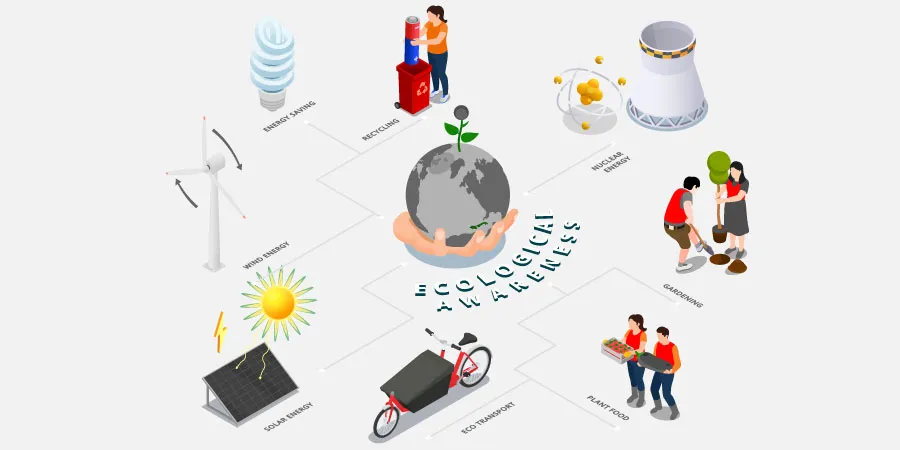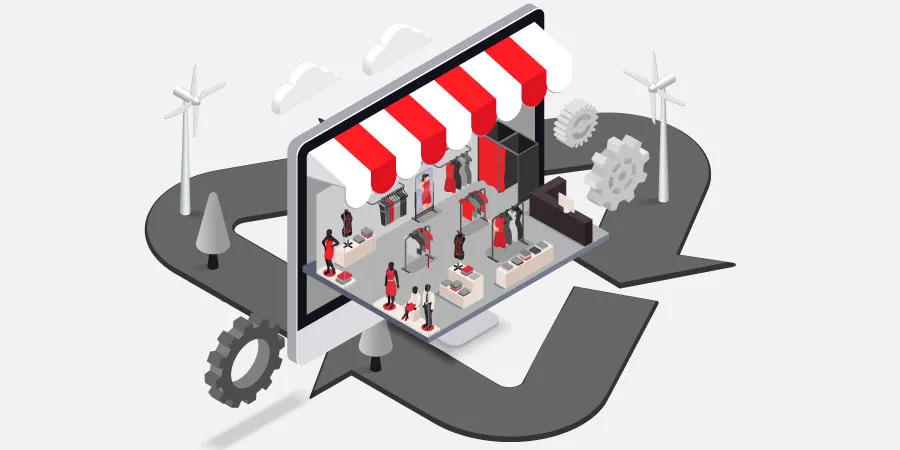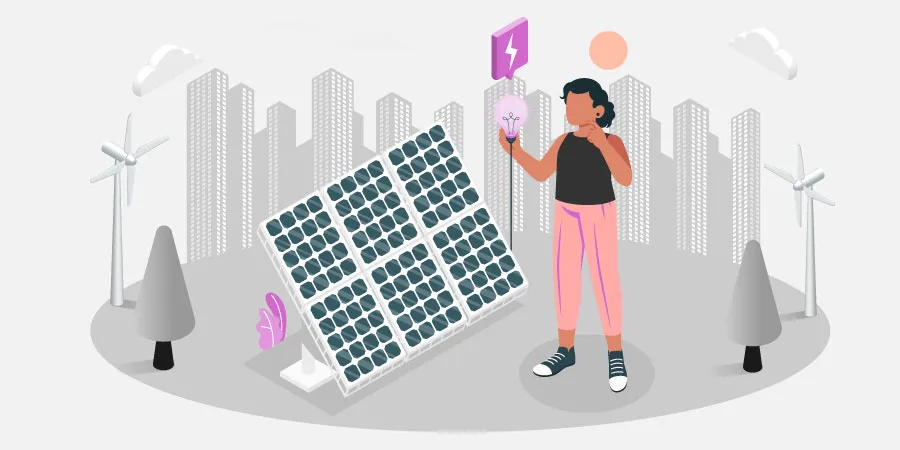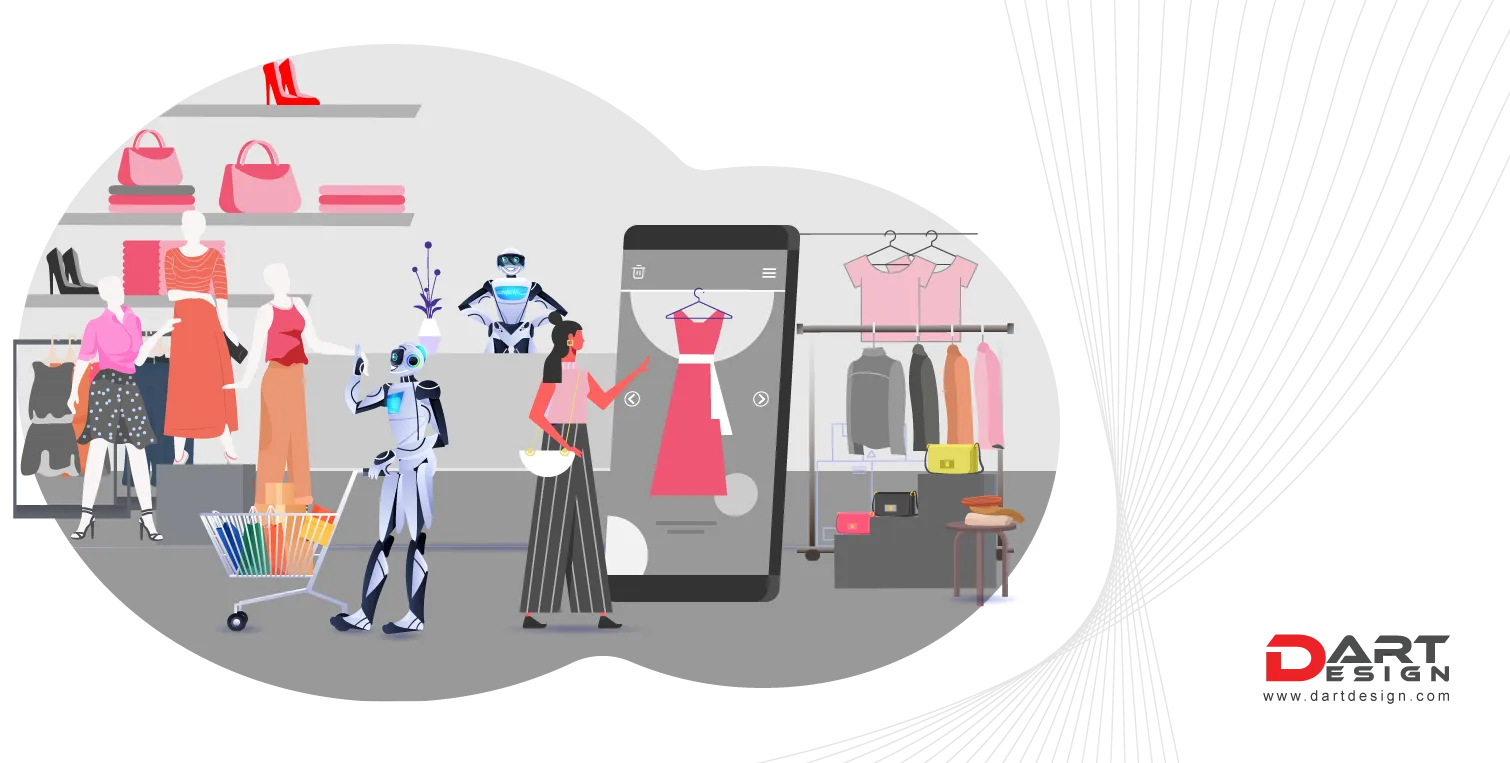Table of Contents:
Introduction
With climate change being the biggest talking point for big businesses in the present times, absolute attention on incorporating innovative practices and implementation of smart action plans has become the need of the hour. While energy transition or the use of renewable energy has always been in focus on the agenda for world leaders and governments, the recently held COP28 turned out to be a promising summit as it witnessed for the first time, the final agreement on “transition away from fossil fuels”, as per a recent report by McKinsey.
As businesses in the present time venture into new dimensions for exploration of new ways to gain immense trust, faith and loyalty of the new consumers while reflecting greater accountability and transparency in line with their expectations, impactful sustainability-specific communications through intelligent storytelling and narratives could trigger behavioural change amongst people and has become the key aspect for brands in encouraging and convincing people to act responsibly and embrace sustainable living.
Identified as one of the key themes believed to spur change across industries in the coming years, Eco-Accountability would continue to drive the new league of modern-age consumers especially the young. As the behaviour, attitudes and reactions of the new consumers continues to shift from urgency to emergency and further towards accountability, heightened emphasis on defining new-age retail strategies parallel to the newly evolving consumer sentiments and crafting sustainable store design as part of the larger brand design outlook must be the norm for brands to reflect uncompromising stance on environmental care and emerge as a purpose-driven brand.
Stressing the major practices being adopted to turn spaces into places and carve exceptional habitats, here are the top trends being explored by more and more brands to stay ahead of the curve.
Integrating sensorial sustainability

As the changing dynamics in new-age store design concepts and sustainable interiors continues to define business approaches for brands, Sensorial Sustainability, which refers to tapping the five senses, especially hearing, to expand awareness and prompt consumers for actions on sustainability has unarguably emerged as one of the most powerful concepts. The practice yet being explored by businesses worldwide aims at creating a deeper connection with nature while encouraging behavioural change amongst consumers. Perceived as a promising technique to instil a sense of respect towards nature and biodiversity, Sensorial Sustainability acts as a promising solution to inform and educate consumers on climate-related challenges while influencing to be responsible for conscious consumption, recycling, resource preservation and circularity.
The integration of this trend in store design through meaningful messaging and interactive experiences provides brands with the opportunity to encourage consumers lead a sustainable lifestyle while being conscious about choices and buying habits. As sustainable store formats incorporates elements that evoke emotions and sentiments that calls for immediate efforts towards environmental care, the in-store experiences or elements that focuses on building greater awareness and learning on best practices and approaches helps brands with robust protocols to lead from the front as a changemaker. Besides harnessing the five senses, sensorial storytelling as an idea enables brands to communicate effectively and create a sense of realisation for taking urgent and immediate steps towards the protection of the environment and the planet.
Making stores sustainable

As the awareness of consumers increasingly expands about products and fixtures heading straight to landfill post usage, the use of innovative installations and fixtures designed and crafted specifically with eco-friendly material should be the norm for the contemporary stores. Highlighting the stark reality of damage being caused by such waste, the Environmental Protection Agency (EPA), estimates that more than 9m tonnes of furniture is sent to landfill every year, which is approximately 5% of everything brought to landfills. There is growing awareness that this is not only wasteful but also a bad investment.
To cope with challenges related to non-degradable waste entering landfills, the idea of simplicity and versatility referring to the use of easily adaptable modular components or fixtures which could also be dismantled quickly and easily should be of prime importance. Apart from the advantages pertaining to adaptability, the solutions are quite cost-effective and could be reused or rearranged. As consumers increasingly tends to affiliate with brands reflecting uncompromised actions towards environmental care, building store outlook that entails timeless aesthetics and natural décor improves brand projection in the eyes of the new conscience-driven consumers.
Switching to solar

As the power capacity of photovoltaic solar panels is set to overtake coal and natural gas globally by 2027, solar continues to supersede wind in terms of power generation capabilities. Being central to the foundation of sustainable store design, leveraging solar energy for constant energisation and renewable power supply, being yet another practice provides brands with an edge to build futuristic places. The installation of solar panels on the rooftop to power the store reduces dependence on traditional grid electricity systems. Similarly, the utilization of solar canopies or awnings with integrated photovoltaic panels to provide shade for outdoor areas while simultaneously generating solar power not only enhances energy efficiency but also creates comfortable outdoor spaces for customers. Besides the concentration on energisation, the integration of solar panels directly into the building structure, such as solar windows, facades, or solar shingles, seamlessly blends solar technology with the architectural design, making it both functional and aesthetically striking. In relation to that, the implementation of solar-powered lighting for outdoor signage, parking lots, and landscape features not just reduce energy costs but ensures increased visibility and safety for customers during low-light conditions.
In order to craft spaces that entails a hint of nature combined with solar, the strategic installation of solar-powered lighting through windows and skylights to reduce reliance on artificial lighting during daylight hours helps bring volume to the interiors and ignite up the spaces quite astonishingly. Apart from that, the use of energy storage systems, such as batteries, to store excess solar energy in reserve for use during periods of low sunlight or at night helps maintain a consistent power supply and ensures uninterrupted operations.
By integrating solar energy into store design, brands not only contributes to environmental sustainability but also demonstrates strong commitment to innovation and responsible business practices. The approach aligns with the growing consumer attention on ethical and responsible business models.





